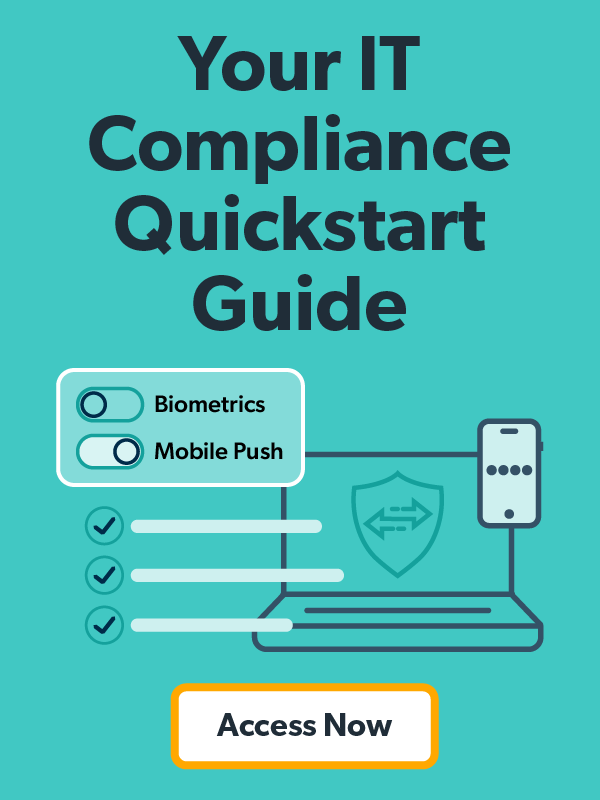Updated on September 4, 2025
Data must be accurate and reliable for smart decision-making. If a company uses bad data, it can lose money or break the law. Data integrity and data accuracy are the keys to having good information. They are different but work together.
This article explains what these concepts mean and how to use both technology and good management to get a “single source of truth” for all a company’s data.
What Do These Terms Mean?
- Data Integrity means the data is complete, accurate, consistent, and valid through its entire life.
- Physical integrity means the data is not corrupted by things like hard drive failures or viruses.
- Logical integrity means the data follows all business rules. For example, a customer record must have a valid phone number.
- Data Accuracy measures how well the data matches real-world facts. For example, a customer’s address in the database must be their current, actual address.
- Data Governance is the overall plan—the rules and standards—that a company uses to manage all its data. It’s the framework that helps a company enforce both integrity and accuracy.
How to Get Data Integrity Using Technology
Technology can stop bad data from getting into a system.
- Database Constraints: These are rules built into a database that stop bad data from being entered.
- Primary keys make sure every record is unique. You can’t have two records with the same ID number.
- Foreign keys link tables together and make sure those links are valid. For example, you can’t delete a customer’s record if they still have an active order.
- Transaction Controls (ACID Properties): These are four rules that ensure transactions are safe.
- Atomicity means all parts of a transaction succeed or fail together. If one part fails, the whole thing is canceled.
- Consistency makes sure a transaction doesn’t break any of the database rules.
- Isolation keeps different transactions from messing with each other at the same time.
- Durability means that once a transaction is completed, the data is saved and won’t be lost, even if the power goes out.
- Data Profiling and Cleansing: Profiling tools analyze data to find problems like missing information or duplicates. Cleansing is the process of fixing those problems.
How to Get Data Accuracy with a Governance Plan
While technology helps with integrity, a good plan helps with accuracy.
- Master Data Management (MDM): MDM creates a single, “golden record” for important business information, like customers or products. It takes data from different systems and combines it to create one true, reliable record.
- Data Stewardship: Data stewards are people in the business who are responsible for making sure the data in their area is accurate. They set the rules and fix problems when they find them.
- Data Quality Framework: This is a plan that includes:
- Defined metrics that set measurable goals for accuracy.
- Automated monitoring that checks data against those goals and sends alerts if there’s a problem.
- Formal processes for fixing data problems as they come up.
Key Parts of a Good Governance Program
- Data Catalogs and Glossaries: These are like libraries for your data. A data catalog lists where data is and what it’s for. A business glossary defines key terms so everyone uses the same language.
- Automated Validation and Auditing: Systems can automatically check data for mistakes. Audit trails keep a record of every change made to the data, which is important for security and legal reasons.
- Data Lineage: This is a way to track data’s complete journey, from where it started to where it ends up. It helps you find where mistakes were made and see how data moves through your systems.
Pros and Cons
- Pros:
- Better Decisions: Clean, accurate data leads to better business choices.
- Less Risk: Accurate data helps a company follow laws and avoid fines.
- Better Efficiency: Employees spend less time fixing data, which saves the company time and money.
- Cons:
- Hard to Implement: Setting up a full data governance program can be complex and take a lot of time.
- Requires Ongoing Effort: It’s not a one-time project. It requires continuous work and investment.
- Upfront Cost: It can be expensive to set up and manage these systems.
Final Thoughts
To get data integrity and accuracy, you need a plan that combines technology with people and processes. Start with simple technical controls and then slowly build up your governance program. Remember that data governance is a long-term commitment. A company has to keep working at it to make sure its data stays a valuable business asset.





